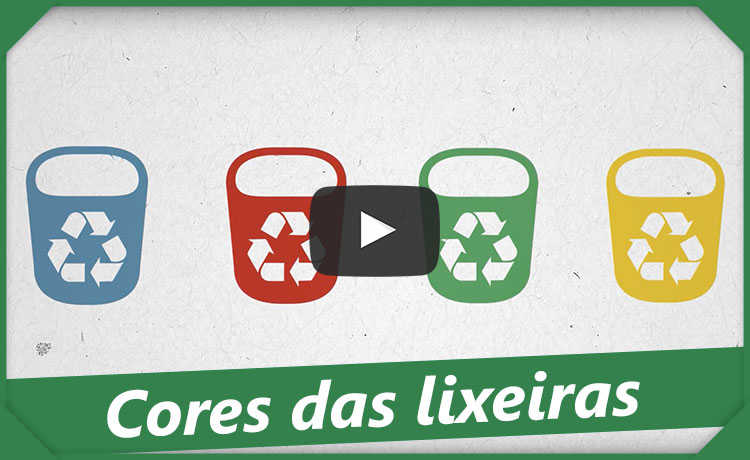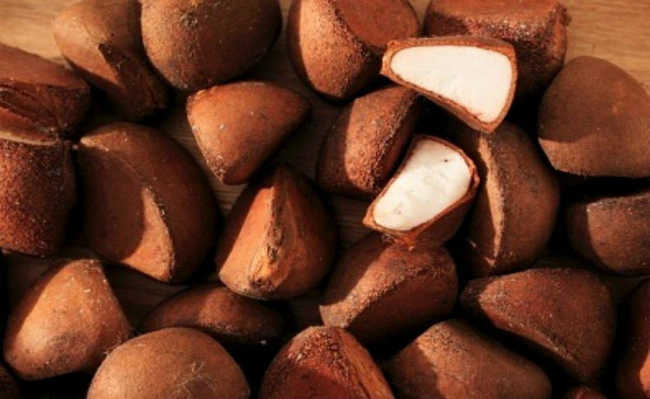Warka Water: A Simple Way to Capture Water for Africa's Poor People
Warka Water hopes to ease the situation for people living in desert places in Africa

A study published by Unicef (the children's defense agency linked to the UN), points out that around 2.4 billion people - one third of the world's population - do not have access to basic sanitation and drinking water. And the total number of inhabitants on the planet grows every year, along with the demand for natural resources.
The situation demonstrates the importance of seeking new ways to obtain drinking water, and it was with this concern that the Warka Water. The project carried out by the Italians Arturo Vittori and Andreas Vogler aims to alleviate the problem of water shortages in Ethiopia's deserts. It all started when they both went to visit the place and were fascinated by the beauty of the landscape, but attention also shifted to something very obvious: the scarcity of water.
There is no drinking water, basic sanitation and electricity in these regions, which makes life for all the inhabitants very complicated. To get water, it is necessary to walk for a long time to ponds, which is tiring work - not to mention that the water collected is often not drinkable.
The Italian proposal to alleviate the situation was called Warka Water thanks to a fig tree native to Ethiopia. The tree that served as an inspiration, in addition to being important for the ecosystem, provides fruit, is a place for social interaction, and a symbol of fertility and generosity.



The tower is constructed of bamboo or reed stalks and lined with plastic mesh. The mesh looks a lot like the material used to transport fruits and vegetables. Nylon and polypropylene fibers capture dew droplets that trickle into a basin inside the tower.





The tower is also equipped with a series of small mirrors that help keep birds away to avoid contamination.



How it works?
As the air always contains a certain amount of water, regardless of the ambient temperature and the humidity condition, the project makes it possible to produce it anywhere in the world. That's because the Warka Water it extracts water from the atmosphere (whether from rain, dew or fog) and has the capacity to collect 100 liters of water per day. Interestingly, it can be built in approximately four days if assembled by six people and costs an average of US$ 550. The structure is all modular, measures about 9 meters and weighs 90 kilos. The materials used are bamboo, metal pins, hemp and bioplastic, that is, mostly biodegradable materials with a low impact on the environment.
The structure of the project is made with the division of bamboo, thus providing luminosity and strength. The shape of the bamboo allows for stability. The joints are made with metal and hemp pins. Inside, the structure is lined with a type of plastic to capture water droplets from the air. Above all, the project also has an intelligent function, as it contains small mirrors that make the birds stay away.
In addition to improving the living conditions of these people, the project creates shade and a social space that generates public education meetings and brings community residents closer together.
Check out the construction of a Warka Water:
Access the website of Warka Water to learn more about the project.










